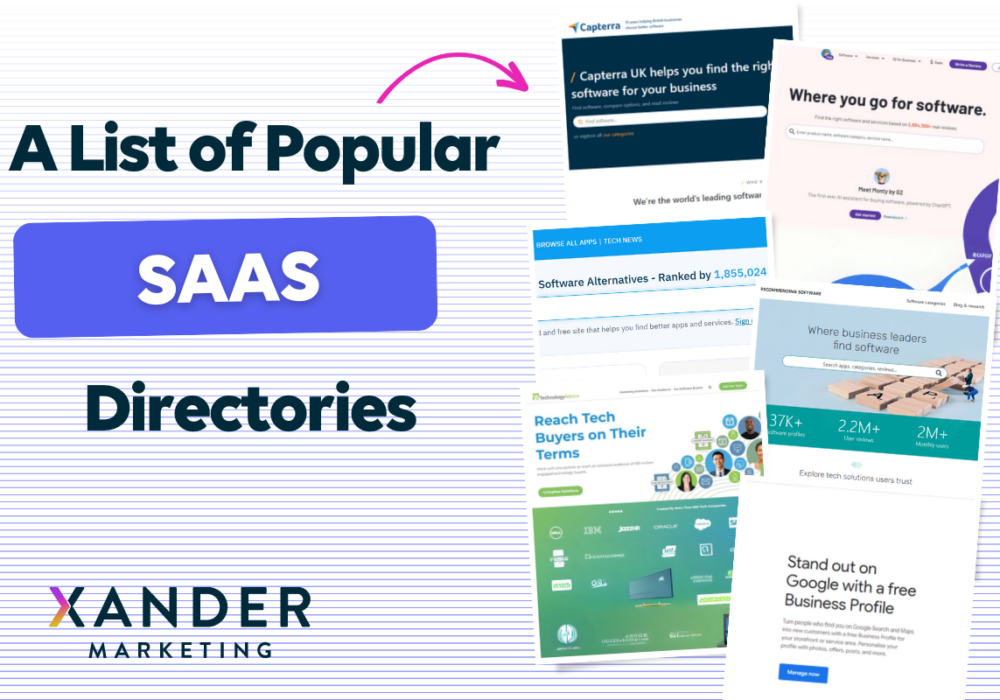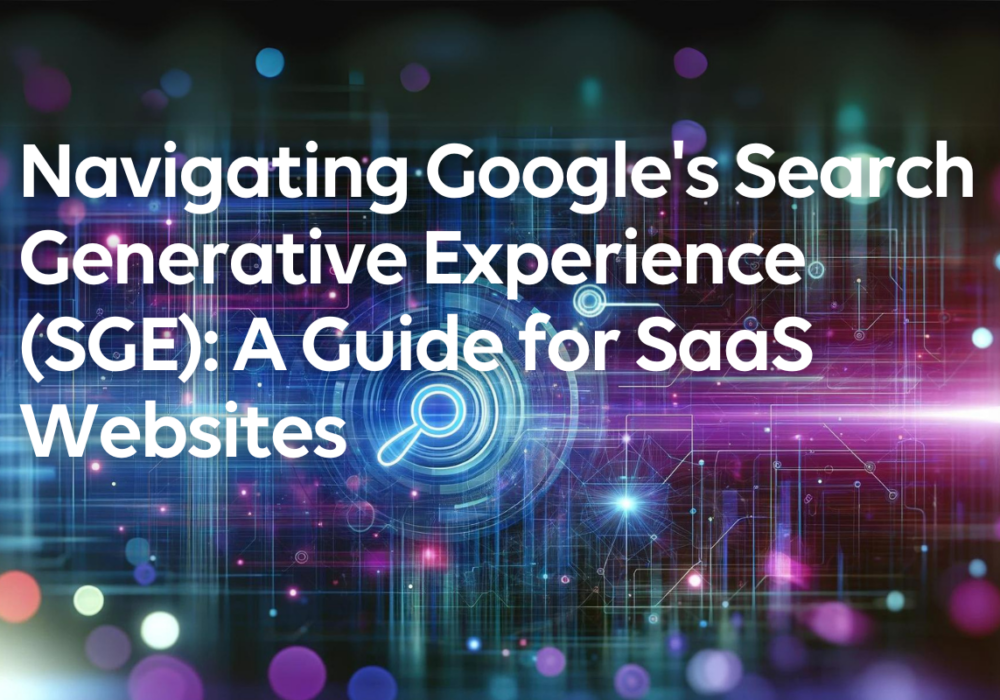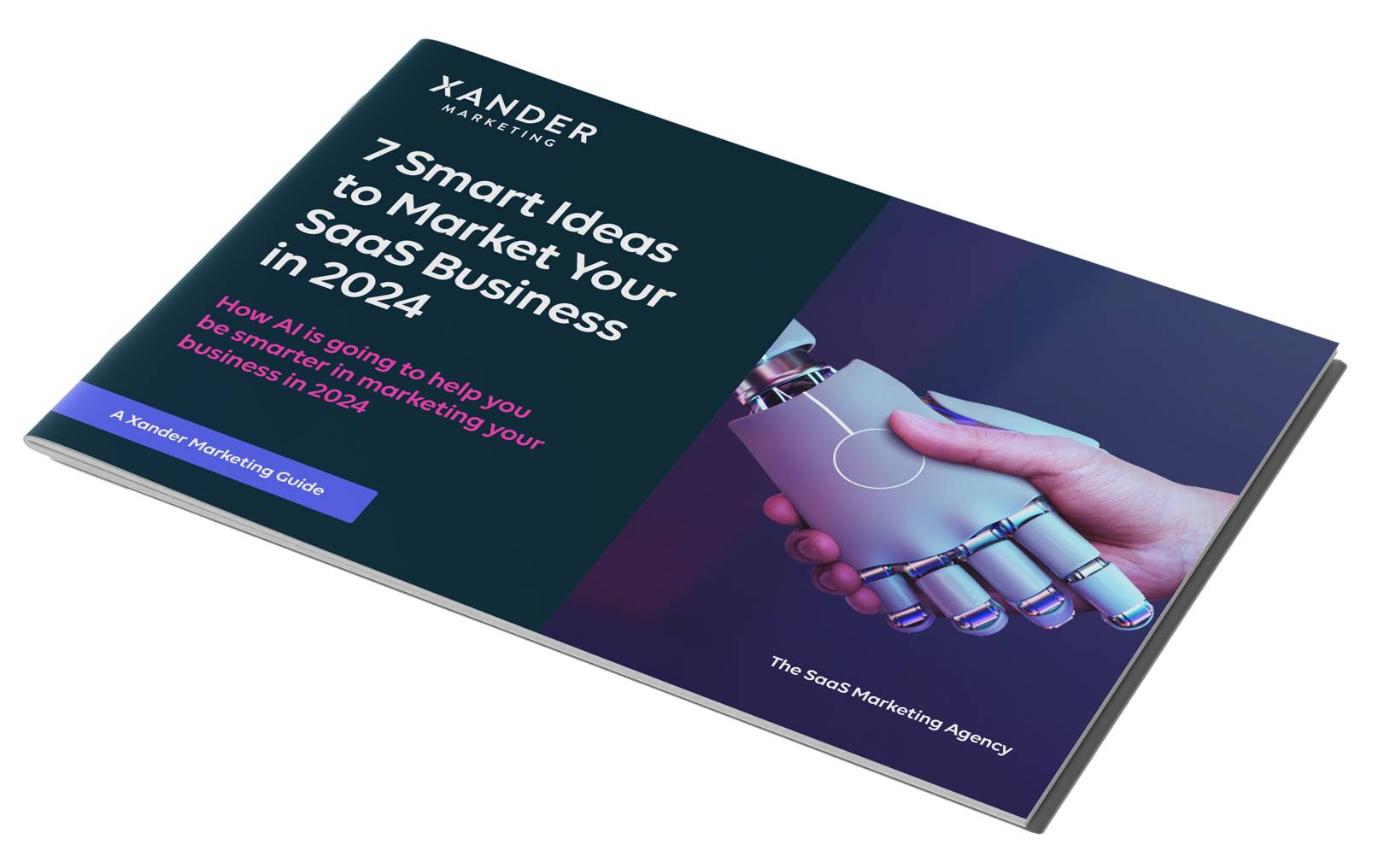Five Tips for Improving SaaS Landing Page Conversion Rates
4th November 2022

What do your visitors feel when they click through to your SaaS landing page? Excitement? Reassurance? Or is it boredom and confusion?
The average landing page conversion rate is 2.35%, with most businesses striving for 5% and then 10% or higher. However, SaaS landing pages can see conversion rates as low as 0.5-1%. These lower rates usually come about because visitors are failing to connect meaningfully with the messaging on the page, and therefore choosing not to continue their buyer journey any further.
Many businesses consider their landing pages to be awareness-building channels, rather than the start of a direct path toward conversion. These landing pages tend to be oversaturated with information, with no clear direction or call to action. Poor-quality landing pages can lead to heavy drop-off at the top of the acquisition funnel, making the number of potential customers moving toward conversion smaller.
A good landing page needs to be goal-oriented and customer-centric, addressing real customer pain points and directing readers toward conversion as a solution to their problems. Without putting these goals and pain points in place from the start, you risk creating an unstructured landing page that loses attention and dramatically cuts your B2B landing page conversion rates.
Read on to learn our five top tips for SaaS landing page best practices.
1. Define Your Purpose
When it comes to how to create a landing page, preparation is crucial. Sit down with your marketing team and discuss who your landing page is talking to, and where you want it to take them. This groundwork is key to maintaining cohesive writing and design for your page.
First, ask yourself what your landing page is for in a general sense. Is it a top-level page such as a home page, features page or pricing page? Or is it designed for a specific search term or segment of your target audience?
Next write a short summary of what you want from your landing page, answering the following questions:
- Who are you writing this landing page for?
- What are their pain points?
- Why is your product the best fit for them?
- How do you want them to feel while viewing the landing page?
- What do you want them to do after viewing the landing page?
Each aspect of your landing page needs to refer back to these answers, with anything that doesn’t relate directly being cut or moved to a more relevant page. Stick to the plan, and avoid overloading your readers with information that doesn’t contribute to their customer journey.
2. Work to a Template
Working to an outline can make your content writing faster, simpler and clearer. It can also help you to maintain brand consistency across your site, allowing you to use the same core template for a range of different landing pages.
landing pages are different depending on their purpose, but as a general rule you can break down your content into 4 or 5 distinct sections, each containing a heading, subheading and a few key points. Each segment should relate back to your purpose, convincing readers that your product will meet their particular needs.
A simple benefit-led landing page template could start as follows:
- Banner
- Heading
- Subheading
- Call to action button or form
- Benefit 1
- Heading
- Subheading
- Feature 1
- Feature 2
- Feature 3
- Feature 3
- Testimonials
- Heading
- Subheading
- Quote 1
- Quote 2
- Quote 3
- Benefit 2
- Heading
- Subheading
- Feature 1
- Feature 2
- Feature 3
- Benefit 3
- Heading
- Subheading
- Feature 1
- Feature 2
- Call to action
- Heading
- Subheading
- Call to action button
Making your landing page easy to skim read is key – most visitors in the evaluation phase will be quickly scanning different landing pages to work out which products suit their needs. Lengthy paragraphs and verbose language could lose their interest. Instead, use bullet points to make your copy approachable.
3. Write to Your Customers’ Needs
When it comes to creating your landing page content, you need to put yourself in your potential customer’s shoes. Ask yourself what people are looking for when they click through to your page, and why they might need it. Consider particular pain points that other products might not address. This will help you to pitch your product not as a commodity, but as a solution.
However, it’s worth remembering that customers primarily want to know what your product does. Listing benefits without referring to how your product achieves them can cause frustration, and lead readers to wonder whether you can really back up your claims.
Support each benefit statement with one or more key features. For example, “our seamless workflow boosts productivity by showing you all your customer details in one place.” Refer to the notes you took when defining your purpose, and make sure each section relates to a genuine customer pain point.
4. Create a Catchy Headline
Choosing the right headline for your page can be a daunting task, and many marketers find themselves falling at the first hurdle, unable to get started with their landing page until they’ve found the right quip to sum it up.
We recommend leaving your headline for last and starting instead with your content sections. That way when you come back to it, you’ll have a better idea of what your product’s benefits are and how you can summarise them in a catchy and appealing way.
Your headline needs to avoid cliche and jargon. Trendy, abstract taglines like “think big” and “do more” are all very well on banners and billboards, but a visitor clicking through to quickly learn what your product does won’t find any information there.
Instead, base your heading around a relevant benefit to the audience segment your landing page is targeted to. Consider following the simple formula of “Do X with Y.” For example, “Save time with streamlined scheduling tools” or “Stand out from the competition with automated customer service”.
This format grabs attention by leading with a benefit, then quickly backs it up by explaining what your product is. This will answer potential customers’ biggest questions straight up, and encourage them to learn more.
5. Align Your Design
Once you’re happy with your copy, it’s time to put it into a wireframe and bring it to life.
Consider creating a lo-fi wireframe for your content via Google Docs before passing it on to a designer – this allows you to visualise how your page will turn out, get feedback from your team, and adjust your content to ensure the narrative is clear and consistent.
Once this is complete, work closely with your designer to create a simple and streamlined landing page design that ties into your goals. Consider where you want your readers to go after reading your landing page, and make sure the user experience guides them there reliably.
Start by breaking up your text with images. Choose images that are relevant to your goal and relatable to your audience segment. These could be custom graphics or stock photographs, but either way, make sure the style suits your branding.
That being said, it’s important not to overload your visitors with visual information. Make sure to use plenty of white or negative space in your design to keep your visitors engaged and focused.
Finally, remember your destination: put a clear CTA or lead form before the fold, and again at the end of your page. If a visitor is keen to commit right away, they won’t want to scroll all the way to the bottom of the page. On the other hand, if they want to learn more before taking the next step, the second CTA will make it easy for them to continue their journey.
Create Landing Page Content that Converts with Xander Marketing
A fully optimised landing page needs to both educate your visitors and guide them toward conversion. This is a fine line to walk, as you want to answer all their questions without overloading them with information.
Success requires a combination of killer copy and tight design, but both of these need to be united by a strong common purpose and a clear next step for visitors to take.
As a full-service outsourced agency, Xander Marketing has amassed years of expertise in both web design and content creation. We can help your business put together high converting SaaS landing pages, from conceptualisation through to launch and optimisation.
Are you ready to reinvent your landing pages? Get in touch and book your free consultation today.





